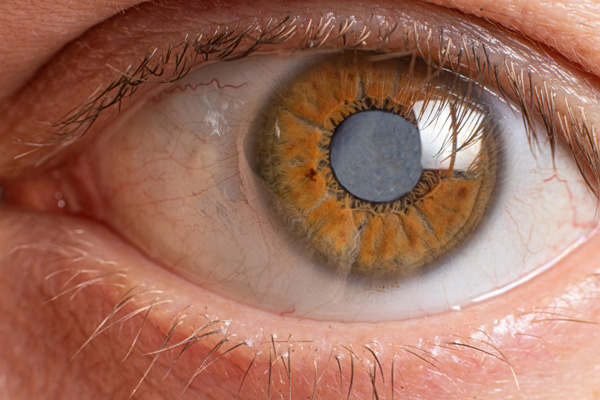Cataract
Cataracts are a common issue associated with aging that lead to suboptimal vision.
The eye consists of a crystalline lens that allows clear vision. Due to aging, the proteins of this lens start to break down and the lens becomes cloudy which leads to blurred vision.
Cataract surgery involves the removal of the affected natural lens and the introduction of an artificial Intra Ocular Lens (IOL) in its place. With advanced modern technology, cataract surgery resulting in complete vision correction in a safe, precise and efficient manner is attainable.
Our surgeons specialize in traditional and bladeless laser assisted cataract surgery and have performed a thousand cataract surgeries.


Cataract surgery
When to get surgery?
Common symptoms include:
If you have these symptoms, you should book your appointment for an evaluation today.
Treatment of cataracts

How is the cataract surgery done?
We offer traditional cataract surgery and the latest technologies for laser-assisted cataract extraction. In traditional surgery, a manual microincision is made in the cornea to access the lens which is then removed and replaced by a clear synthetic lens.
Source: American Academy of Ophthalmology
In Bladeless, laser assisted surgery, with the help of a laser, we make a very small incision with maximum accuracy to remove the cloudy media from your lens and place a new artificial Intra-Ocular Lens in its place.
What are the types of Intra Ocular Implants?
Surgery Details

What to expect at the time of surgery?

What to expect after surgery?

For how long this surgery will benefit me?
Intra Ocular Lens Implantation will give you a clear vision for life! There is a chance of developing Posterior Capsular Opacity which can be treated with a short laser procedure in the office and will restore the vision.
Cataracts Self-Test
Complete this questionnaire to determine if you’re a candidate for cataract surgery.

